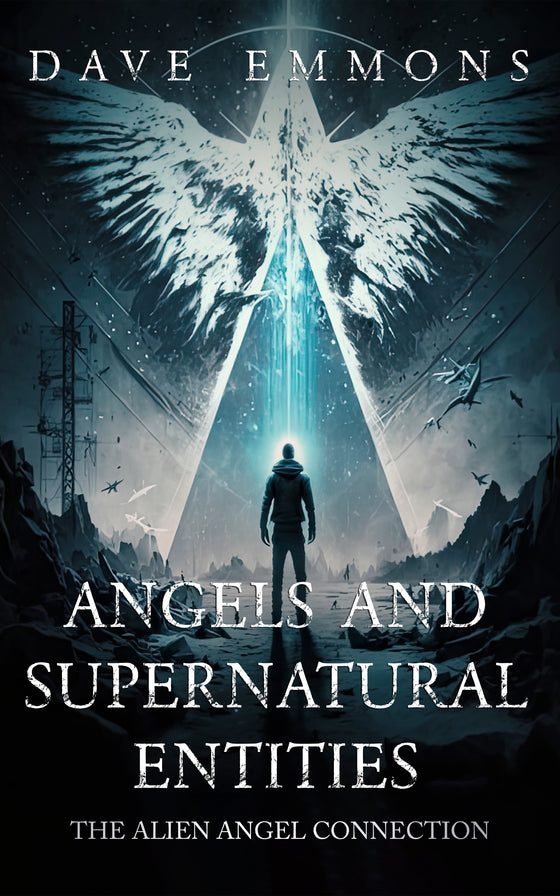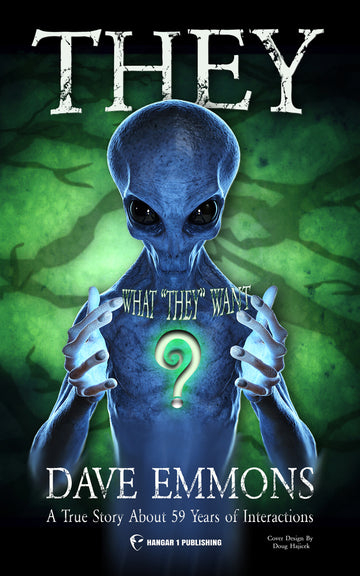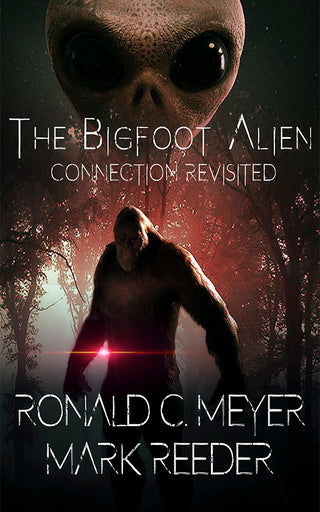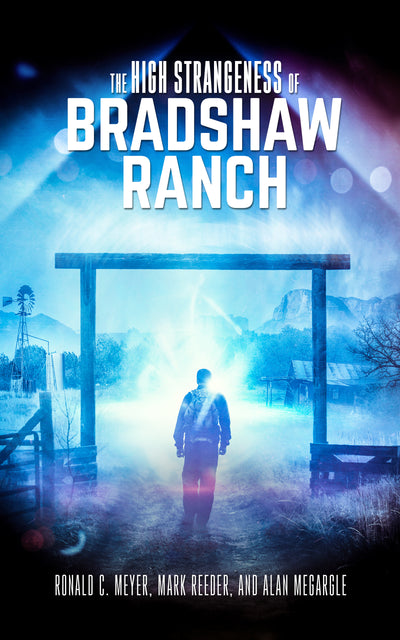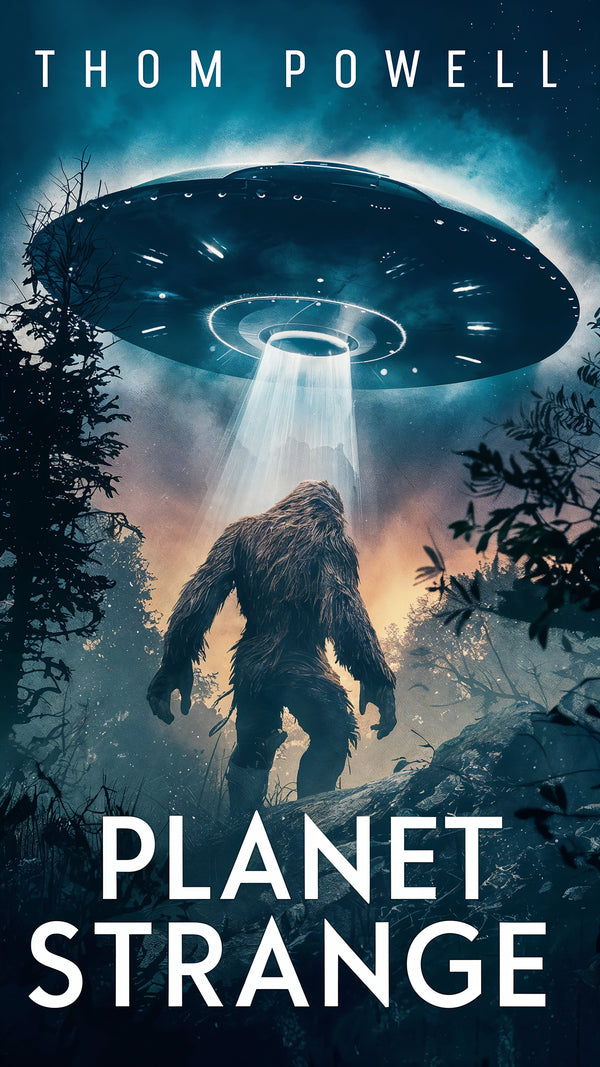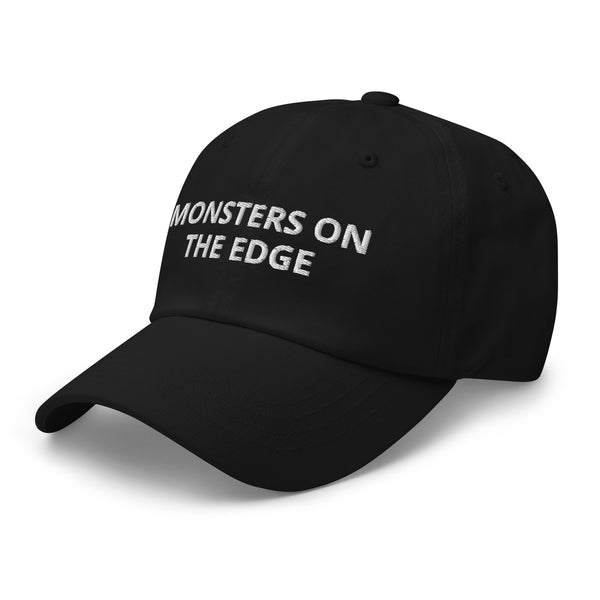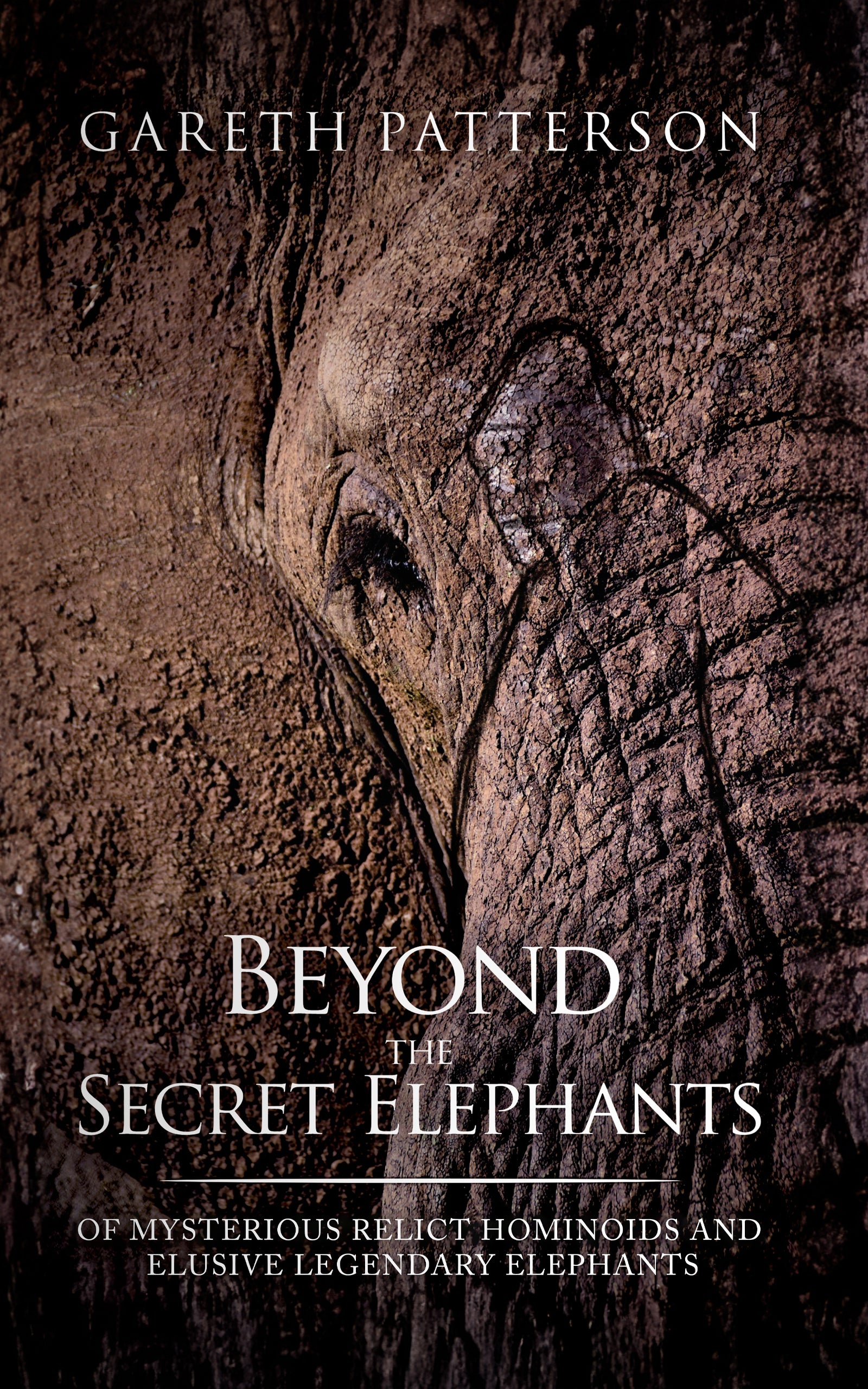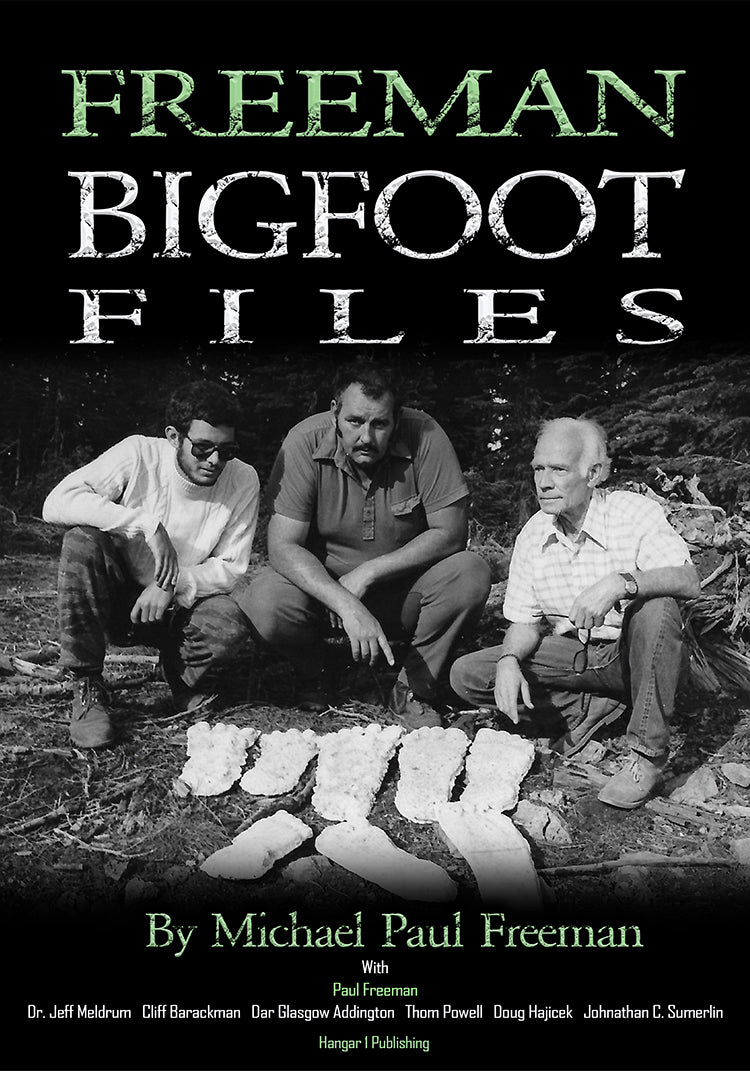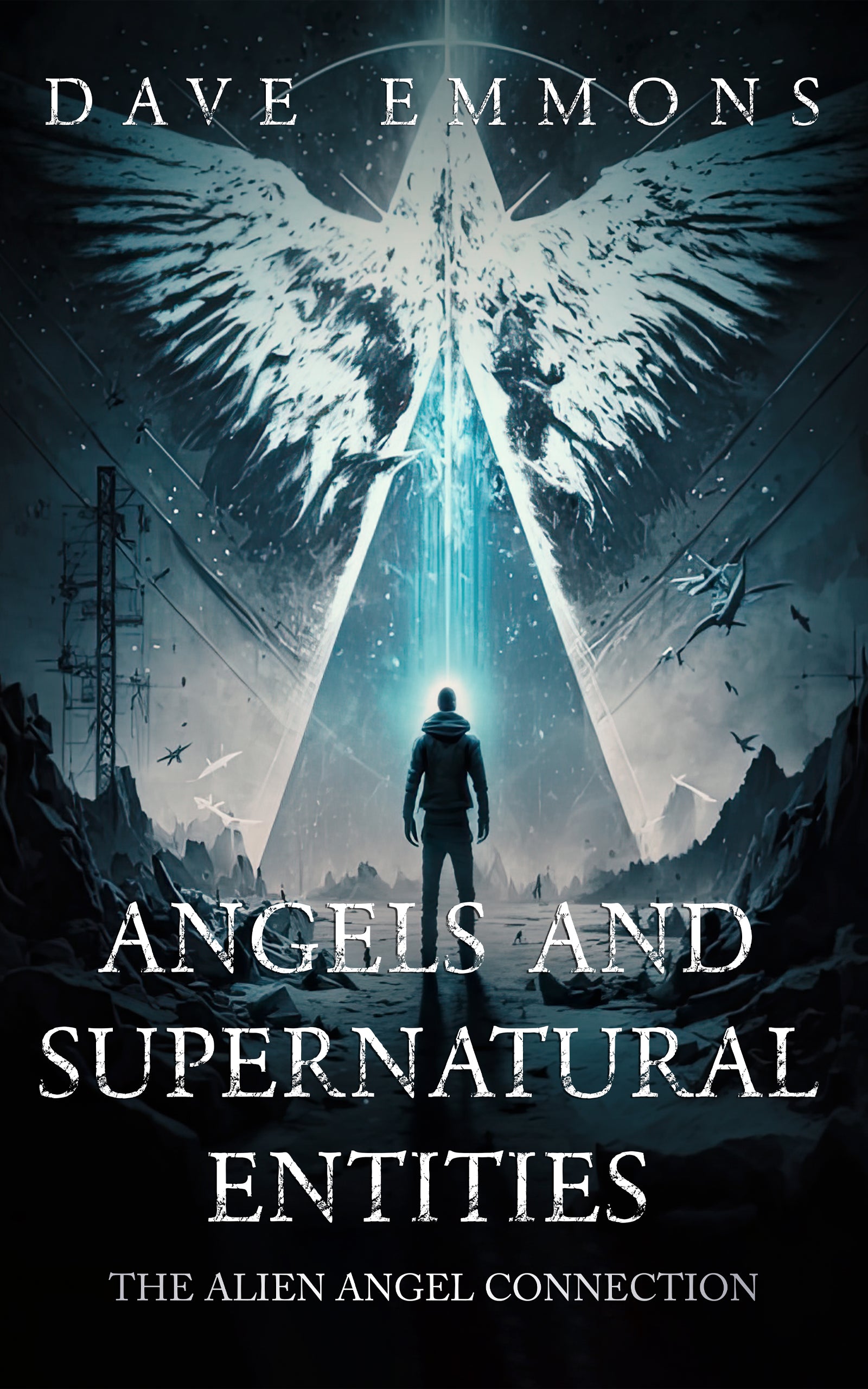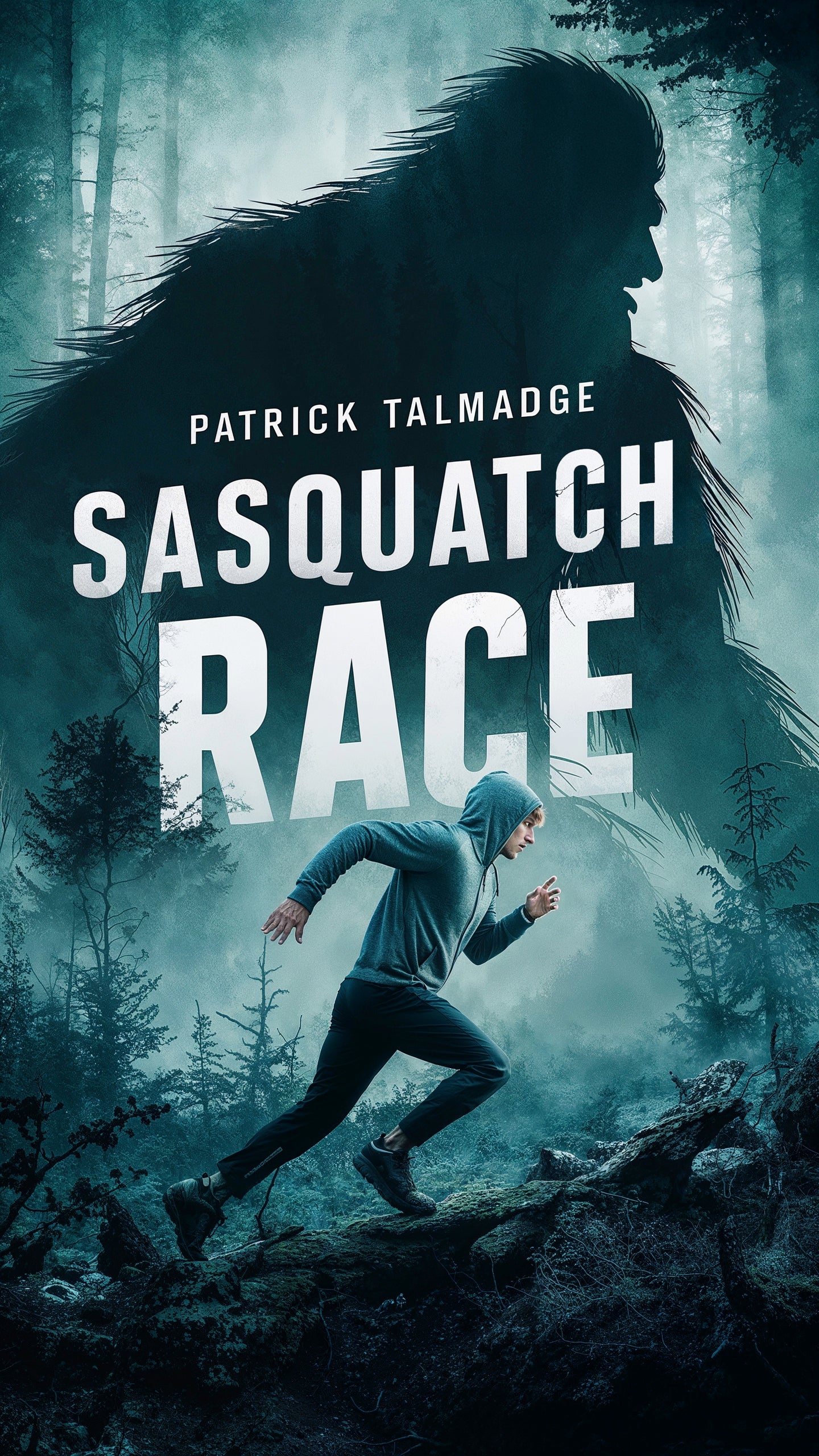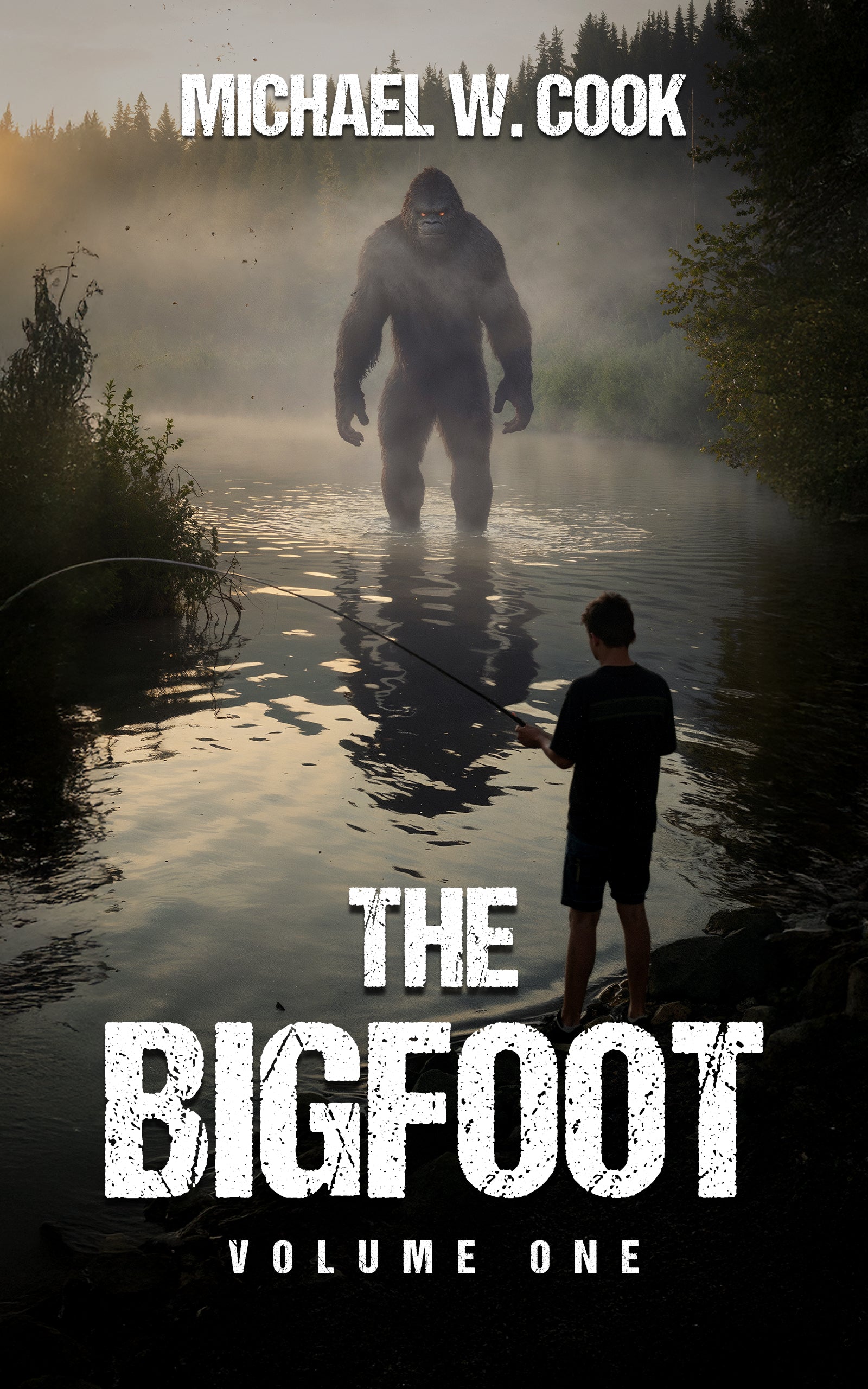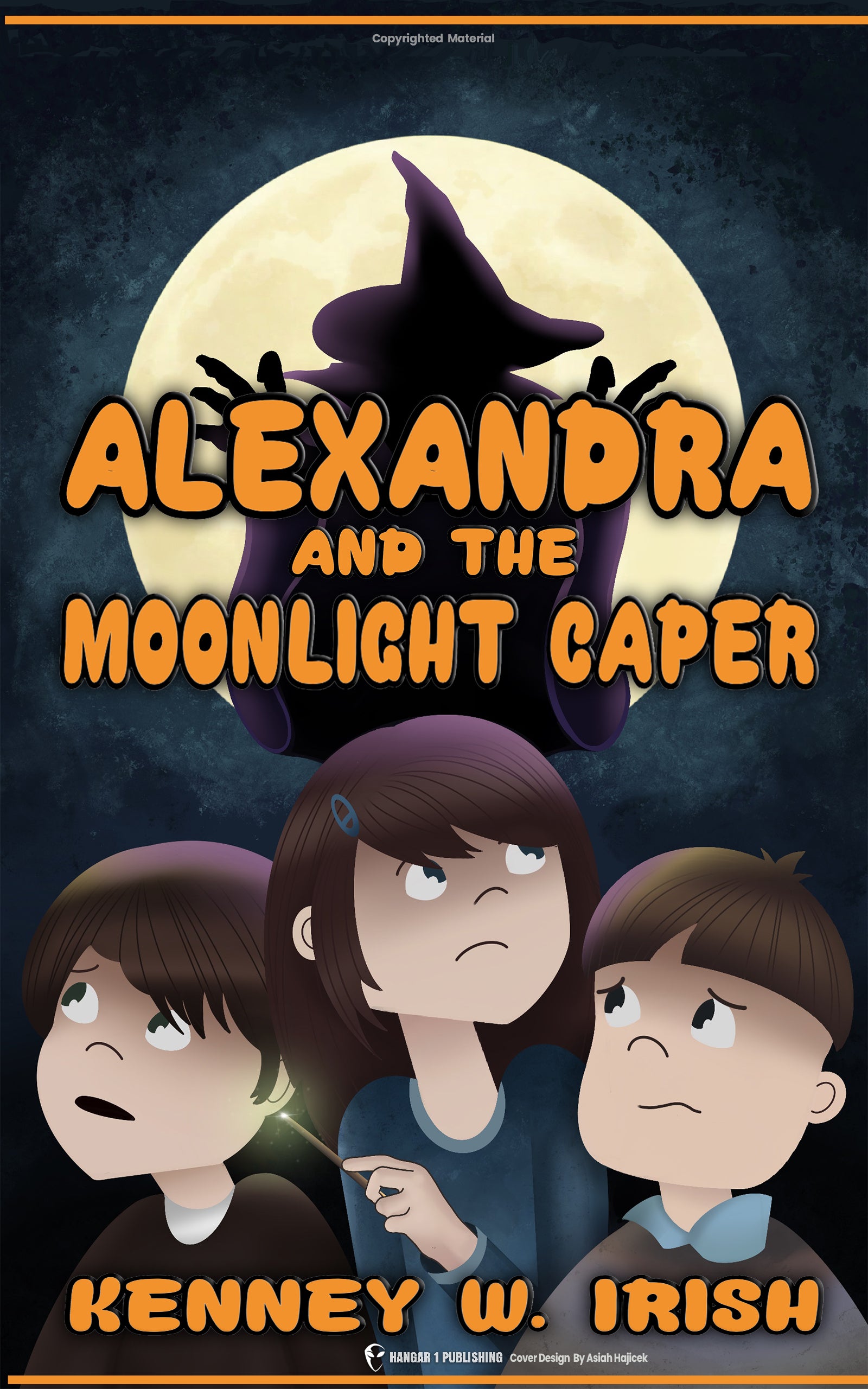Understanding the National UFO Reporting Center (NUFORC)

By Gabriel Chen, Ufologist
Introduction: Beyond the Blurry Photos
Let’s face it, humans have always looked up. We scan the heavens for answers, for omens, for something more. And sometimes, maybe more often than we admit, we see things we just can't explain. A flicker of light moving impossibly fast. A silent craft hanging motionless against the breeze. A shape that defies simple categorization as a plane, balloon, or bird. For decades, these sightings were often relegated to hushed whispers, dismissed anecdotes, or grainy, inconclusive photos. But where do those stories go? Where can someone, bewildered or even frightened by what they've witnessed, turn to simply say, "I saw something"? For over half a century, a significant answer to that question has been the National UFO Reporting Center, or NUFORC. Founded way back in 1974, long before the internet made sharing instantaneous, NUFORC has stood as a unique cornerstone in the often-turbulent landscape of studying Unidentified Flying Objects (UFOs) or, as they're increasingly termed, Unidentified Aerial Phenomena (UAP). It’s more than just a website; it’s a vast, ever-growing archive of human experience confronting the unknown.
But what exactly is NUFORC? How does this independent, largely civilian-run organization operate, collect its staggering volume of reports, and maintain its relevance even as governments cautiously dip their toes back into the UAP waters? This exploration aims to provide a comprehensive look at NUFORC, charting its origins, its methods, the sheer diversity of the phenomena it documents, its historical weight, the people behind it, and its undeniable role in the ongoing, complex conversation about the mysteries in our skies, establishing why it remains an indispensable resource for anyone trying to grasp decades of human encounters with the truly unexplained.
The Genesis of a Phenomenon Archive: Robert J. Gribble's Vision (1974-1994)
Imagine the mid-1970s. The official government inquiries like Project Blue Book had officially closed shop, leaving a void for public reporting. Enter Robert J. Gribble, a Seattle firefighter with a passion ignited by early UFO literature. Seeing the need for a central, non-judgmental place for people to share their sightings, Gribble founded NUFORC in 1974. It wasn’t some high-tech operation born in a lab; it started with ingenuity and sheer determination.
Gribble’s masterstroke? He printed rolls – literally rolls – of simple red stickers. These stickers bore the name "National UFO Reporting Center" and a Seattle phone number: 206-722-3000. He then mailed these stickers, along with explanatory letters, to police stations, sheriff's offices, airports, FAA regional offices, air traffic control towers, and even military bases across the country. It sounds almost quaint now, but it was brilliantly effective. Official channels, often unsure what to do with callers reporting strange lights, now had somewhere to direct them. The phones started ringing.
Gribble became, essentially, a one-man clearinghouse, fielding calls day and night on the NUFORC hotline, meticulously recording accounts, initially supplemented by reports sent via traditional U.S. mail. This grassroots effort built NUFORC’s foundation and its early reputation for accessibility and seriousness. Remarkably, even back then, various official agencies began cooperating, referring witnesses to Gribble's hotline. Thanks to preservation efforts, we even have access to some of the historical audio recordings from this era – raw, unfiltered accounts from pilots, police officers, and everyday citizens describing their bewildering experiences, a truly invaluable historical resource.
A New Era Under Peter Davenport: Expansion and Digital Transformation (1994-Present)
After two decades of dedicated service, Robert Gribble passed the NUFORC torch in 1994 to Peter Davenport, a man whose own fascination with the subject began with a sighting in 1954 and his first investigation in 1965. Davenport brings a unique blend of scientific training (degrees in biology and fish genetics/biochemistry from Stanford and the University of Washington) and business acumen (an MBA, founder of a biotech company) to the role. He hasn't been alone; tech entrepreneur Christian Stepien has served as Chief Technology Officer alongside Davenport, guiding the organization through its crucial digital evolution.
Almost immediately, NUFORC embraced the burgeoning internet age, launching nuforc.org. This website, operational since 1994, became the primary intake valve for reports, moving beyond the limitations of phone lines and mail. The site has seen continuous improvement, including a recent complete overhaul. Now, visitors can explore an interactive map plotting recent sightings, view a gallery of fascinating witness drawings, and utilize search functions – with plans for even more robust full-text search capabilities on the horizon. The online reporting form allows for structured data collection, capturing details like date, time, location, duration, and object characteristics, a significant step up from solely relying on verbal accounts.
What’s truly remarkable is the financial engine driving this operation. Aside from public donations, NUFORC has been largely funded out-of-pocket by Davenport and Stepien themselves, a commitment estimated to cost between $500 and $5,000 per month. This personal investment speaks volumes about their dedication. Adding a layer of almost Cold War intrigue, in 2006, NUFORC relocated its base of operations from Seattle to a rather fitting location: an underground bunker within a former Atlas nuclear missile site about 50 miles west of Spokane, Washington.
The Heart of NUFORC: The Database and Data Accessibility
The crown jewel of NUFORC is undoubtedly its database. We're talking about a colossal repository, holding approximately 190,000 case records accumulated over five decades, with around 150,000 of those reports publicly accessible online. This makes it one of the largest, if not the largest, public databases of UFO/UAP sightings in the world. What truly sets NUFORC apart is its unwavering commitment to transparency. Unlike organizations that might hoard data or place it behind paywalls, NUFORC makes its information available in summary form for free. This democratic approach ensures that anyone – from a high school student working on a project to a seasoned physicist looking for patterns – can access this wealth of observational data.
Navigating this sea of information is made easier by robust search tools. You can filter reports by the date of the event, when it was posted, the location (down to the state level), the time of day, or even the reported shape of the object (circles, triangles, lights, discs, and more exotic forms like teardrops, crosses, and cubes). NUFORC staff, currently led by CTO Christian Stepien reviewing every submission, undertake a classification process. Roughly a quarter of reports are rejected outright (likely hoaxes or nonsensical entries). Of the remainder, about another quarter are identified as likely conventional phenomena – Starlink satellites are a huge source of reports these days, along with rocket launches, aircraft landings, drones, and atmospheric effects. But that leaves a substantial 75% that aren't immediately explainable.
Within this group, NUFORC flags about 15% as particularly "interesting" or "anomalous," and a smaller subset, perhaps 5%, are designated as the "best reports" – typically involving high credibility, multiple witnesses, or truly bizarre characteristics. To help users navigate, NUFORC curates sections like the "Case Highlight List" (Director Davenport's subjective picks of noteworthy cases) and "Case Briefs" (summaries of popular or well-documented incidents, often including supplementary materials like police reports). There's also the "Interlink" section, focusing on compelling reports involving pilots and military jet encounters, intriguingly noting that many of these high-stakes sightings lack corresponding radar confirmation.
Beyond the Numbers: Decoding the Reported Phenomena
Peering into the NUFORC database is like opening a window onto the genuinely strange. The reports describe an incredible diversity of phenomena, moving far beyond the classic "flying saucer." While discs were common in earlier decades, recent trends highlighted by NUFORC staff show a rise in reports of orbs (balls of light exhibiting incredible maneuverability), silent triangles (ranging from small craft to objects hundreds of feet across), and various configurations of lights. But it's the behavior described in these reports that truly challenges our understanding. Witnesses frequently report objects performing maneuvers impossible for known aircraft: making instantaneous right-angle turns without slowing down, accelerating from a dead stop to hypersonic speeds in seconds, or simply vanishing from sight. Many reports emphasize complete silence, even from large objects moving at low altitudes. Electromagnetic effects are another recurring theme – witnesses describe car engines stalling, radios filling with static, cell phones malfunctioning, or even clocks going haywire in the presence of the object.
Consider the "New Jersey Drone Flap" mentioned in the research. Starting around November, NUFORC saw its report volume triple or quadruple almost overnight. People across the country, not just New Jersey, reported seeing large (car or SUV-sized), silent, evasive objects often described as drones. These things allegedly stayed airborne for hours, flew in restricted airspace without broadcasting required identification signals, showed no heat signature on thermal imaging used by police, and interfered with electronics. Some witnesses even reported seeing these "drones" morph into orbs and back again. Whether terrestrial black projects or something else entirely, the sheer scale and characteristics reported were baffling.
Another compelling example involves an air traffic controller report where a Homeland Security pilot saw a football-sized object pass just feet under his wing. The object then appeared on radar roughly 60 miles away only a minute later, implying speeds far exceeding any conventional drone or aircraft. NUFORC even managed to obtain the pilot-controller communications and radar data via a Freedom of Information Act request, showcasing their proactive approach. The database includes global reports too: a massive, silent triangle in France; a metallic sphere beaming light in Ireland; an object causing vehicle shutdown in Belgium; a pyramid emerging from the water off Portugal (a USO); a square craft with variable lights in the UK. And dipping into high strangeness, there are even reports involving perceived occupants, like the account of a small, child-sized figure with large black eyes seen exiting a metallic craft. These accounts, meticulously cataloged, paint a picture of phenomena that consistently defy easy explanation.
Credibility and Referrals: Bridges with Official Entities
One of the most compelling aspects of NUFORC's story is the level of trust it has garnered, not just from the public, but from official bodies as well. Its non-governmental independence and strict policy of guaranteeing anonymity for reporters have made it a go-to resource. The evidence for this lies in the documented referrals. As the research confirms, numerous law enforcement agencies (from local police departments like Stamford, CT, and Lebanon, MO, to state-level authorities in Arizona), FAA Air Route Traffic Control Centers, flight service stations, National Weather Service offices, military facilities, NASA, and even 911 emergency dispatch centers routinely direct individuals reporting UFO/UAP sightings to NUFORC.
Think about that – pilots calling air traffic control about a strange object might be told, "Okay, contact the National UFO Reporting Center." This isn't necessarily an official endorsement of NUFORC's findings, but it's a pragmatic acknowledgment by frontline personnel that NUFORC serves a crucial function: documenting these unexplained encounters when official channels may not have the mandate or inclination to do so themselves. NUFORC, in turn, shares its data when requested by researchers or official bodies, including the Rand Corporation and the Pentagon's own All-Domain Anomaly Resolution Office (AARO), albeit with stipulations to protect privacy and ensure proper credit. This dynamic highlights the complex relationship between civilian reporting and government interest.
NUFORC’s data often provides context or counterpoint to official narratives, as seen in the Phoenix Lights incident of 1997. NUFORC documented numerous witness accounts describing a massive, silent V-shaped craft, while the official explanation eventually settled on military flares – an explanation many witnesses found incompatible with their observations. NUFORC's existence provided a repository for those dissenting accounts. It's also worth noting the complementary role of the National UFO Historical Records Center (NUFOHRC) in New Mexico, a separate non-profit focused on preserving historical documents and media, with whom NUFORC appears to have some collaborative connection.
The Human Element: Witness Accounts and the Impact of Reporting
Behind every data point in the NUFORC database is a human story. It's easy to get lost in statistics about shapes and speeds, but NUFORC's archives remind us that these are experiences happening to real people. NUFORC staff consistently emphasize the sincerity of the vast majority of individuals who file reports. People aren't typically calling the hotline or filling out the online form for kicks; they report out of a sense of civic duty, a profound need for answers, or simply to get a bewildering, sometimes life-altering, event off their chest. Reading through the reports, or listening to the archived hotline calls, you encounter the raw human reactions: astonishment, confusion, sometimes fear. Witnesses describe being "flabbergasted," "speechless," or feeling "haunted" for years by what they saw. As one reporter from the mid-1970s wrote, years later, in their NUFORC submission about an event that stayed with them: "I just wish I could make anyone believe how important it was. No one will know what it's like until it happens to them."
The availability of those historical audio recordings is particularly powerful. Hearing the voices of pilots, police officers, or ordinary citizens from the 1970s describing their encounters in real-time, often with palpable emotion, adds a dimension that text alone cannot capture. Furthermore, the online gallery of witness drawings provides another uniquely human way of documenting these events, translating a visual memory, however strange, into a communicable form. NUFORC, therefore, is not just a data collector; it's an archive of human perception grappling with the limits of the known.
Geographical Hotspots and Temporal Trends: What the Data Reveals
With such a vast dataset spanning decades and continents, NUFORC offers fertile ground for analyzing patterns in where and when sightings are reported. Studies analyzing NUFORC data, like the one mentioned by Ammon News using 2020 figures, suggest geographical concentrations. The West Coast of the United States, particularly California, frequently emerges as a hotspot, followed by states like Florida, Washington, Pennsylvania, and Texas. Why these areas? It could be a complex mix of factors: higher population densities leading to more potential witnesses, specific atmospheric conditions, proximity to military test ranges or flight paths, or perhaps even a regional culture more attuned to looking up or more aware of NUFORC as a reporting venue.
Nevada is a particularly interesting case study. With over 1,700 reports logged, it ranks high proportionally. This is unsurprising given its deep cultural entanglement with UFO lore, fueled by the secrecy surrounding Area 51, local figures like Bob Lazar and John Lear promoting alien narratives, the influence of radio shows like "Coast to Coast AM," and the state actively cultivating "Extraterrestrial Highway" tourism. The database reflects this, containing reports ranging from typical lights to the truly bizarre, like the 2023 Las Vegas incident involving police investigating reports of entities falling from the sky coinciding with a family reporting a "not human" creature in their yard.
Beyond geography, temporal patterns also emerge. The 2020 analysis pointed to springtime as a peak season and the hours between 8 pm and 12 am as the most common time for sightings. The nighttime correlation isn't surprising, given that anomalous lights are more easily visible against a dark sky.
Challenges, Skepticism, and the Search for Explanations
Operating a reporting center for phenomena as contentious as UFOs obviously comes with challenges. NUFORC deals with the inherent difficulties of relying on eyewitness testimony – memory can be fallible, perceptions can be skewed by excitement or fear, and descriptions can be subjective. Hoaxes, though seemingly a minority according to NUFORC's vetting process (which rejects ~25% of reports), are always a possibility. And, of course, there's the constant factor of misidentification. As NUFORC readily acknowledges, a significant portion of reports (~25% of processed ones) turn out to be mundane objects viewed under unusual circumstances: Starlink satellite trains (a very common culprit recently), aircraft lights, planets like Venus, rocket launches, weather balloons, drones, even insects close to a camera lens. NUFORC encourages skepticism from users exploring its database, and its staff apply their own experience to weed out obvious misidentifications.
Yet, after filtering out the noise, a large volume of reports remains unexplained. External skepticism is also a constant companion. Analyses sometimes attempt to find prosaic explanations for the data patterns, such as the reported correlation between peak sighting times and hours of likely alcohol consumption. While such correlations might explain some reports, they struggle to account for detailed sightings by multiple sober witnesses, including trained observers like pilots and police, or cases involving radar confirmation or physical effects. NUFORC's role, ultimately, isn't necessarily to prove the existence of extraterrestrial craft, but to meticulously document and make publicly available the reports of phenomena that witnesses themselves cannot explain. It provides the raw data, acknowledging the challenges and ambiguities, allowing others to pursue explanations.
NUFORC in the Evolving Landscape of UAP Disclosure and Research
We live in a fascinating time regarding UAP. After decades of official denial or dismissal, there's a palpable shift. Governments, particularly the US military and intelligence communities, are openly acknowledging the reality of unexplained phenomena in sensitive airspace. Congressional hearings are being held, official bodies like AARO have been established to investigate, and pilots are being encouraged to report sightings through official channels without fear of stigma. In this new landscape, NUFORC's decades of work suddenly seem more relevant than ever. Its massive, publicly accessible database provides invaluable historical context and a baseline of civilian reporting against which official findings can be compared.
NUFORC has long advocated for greater government transparency, urging the declassification of UAP information. Their persistence, alongside others, has arguably contributed to the current climate. Looking ahead, NUFORC isn't standing still. Research indicates plans to potentially expand their own volunteer investigative team (currently leveraging former MUFON investigators), significantly enhance website search capabilities (perhaps using AI for better classification and analysis of historical data), develop a mobile app for easier reporting, and collaborate with other projects focused on UAP data analysis. This forward momentum positions NUFORC not just as a historical archive but as a dynamic player ready to contribute to the ongoing scientific and governmental efforts to understand these phenomena. It remains a vital bridge connecting the experiences of ordinary people with the formal investigation of the unknown, a testament to the enduring power of citizen reporting in the face of one of humanity's most persistent questions: Are we alone, and what exactly is sharing our skies?
From Bigfoot to UFOs: Hangar 1 Publishing Has You Covered!
Explore Untold Stories: Venture into the world of UFOs, cryptids, Bigfoot, and beyond. Every story is a journey into the extraordinary.
Immersive Book Technology: Experience real videos, sights, and sounds within our books. Its not just reading; its an adventure.








